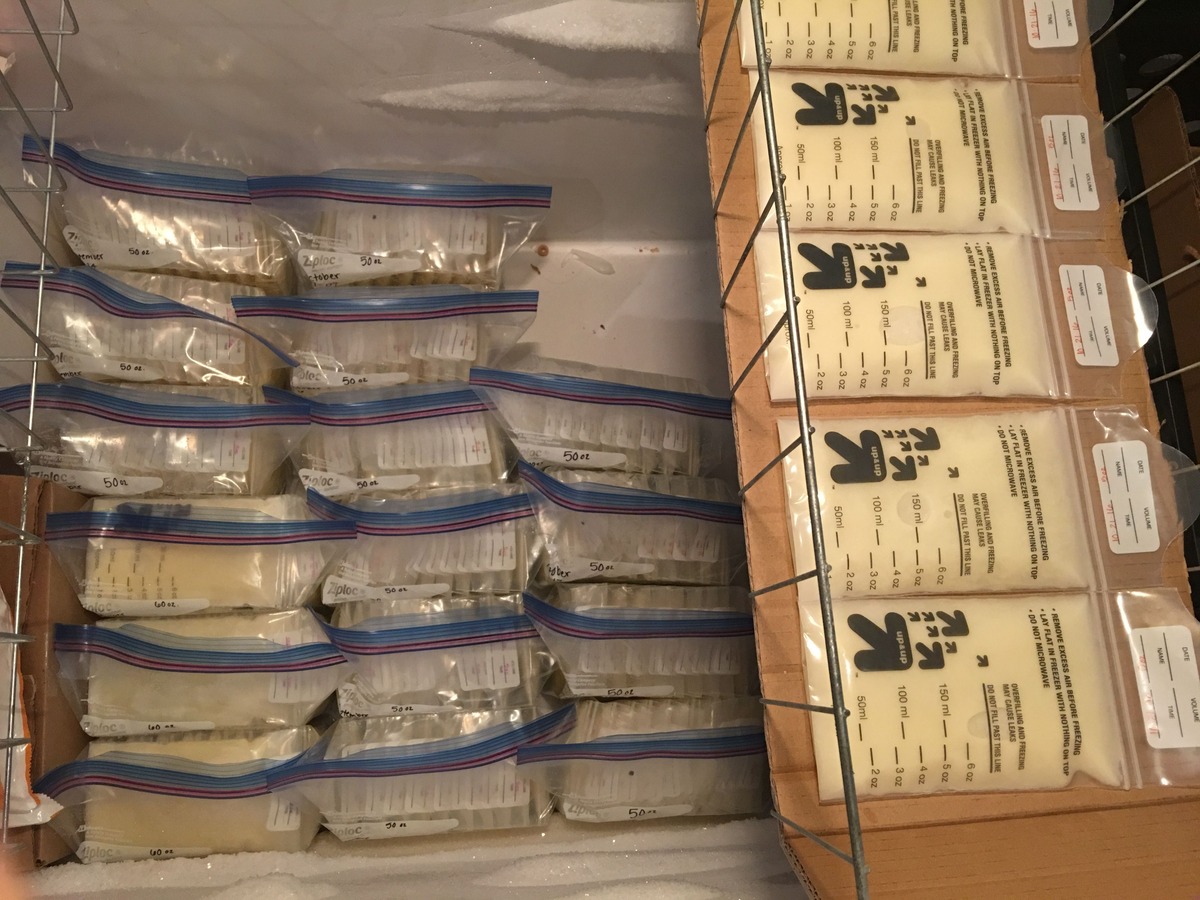

Articles
How To Store Milk In Freezer
Modified: January 7, 2024
Learn the best methods for storing milk in the freezer with these helpful articles. Keep your milk fresh and ready to use for longer periods of time.
(Many of the links in this article redirect to a specific reviewed product. Your purchase of these products through affiliate links helps to generate commission for Storables.com, at no extra cost. Learn more)
Introduction
Storing milk in the freezer is a great way to extend its shelf life and prevent it from going bad. Whether you have a surplus of milk or want to stock up for emergencies, freezing milk can be a convenient and cost-effective solution. However, it’s important to know the proper technique to ensure that the milk remains fresh and retains its quality.
In this article, we will explore the benefits of storing milk in the freezer and provide you with essential tips to ensure success. Whether you’re a busy parent looking for a way to keep milk on hand or a budget-conscious individual looking to reduce food waste, this guide will help you master the art of freezing milk.
Before we delve into the details, it’s important to note that not all milk can be successfully frozen. Raw milk, for example, is not suitable for freezing due to the potential for bacterial growth. Additionally, low-fat and fat-free milk may not freeze as well as whole milk due to changes in texture and taste. However, if you have pasteurized milk, you’re in luck!
So, let’s dive in and discover the benefits of freezing milk!
Key Takeaways:
- Freezing milk extends its shelf life, reduces food waste, and provides convenience and cost savings. Choose the right container, prepare, freeze, and thaw milk properly for optimal results.
- Smaller containers, proper labeling, and rotation of milk supply are key to successful freezing. Thaw and use frozen milk within a few days for best results.
Read more: How To Store Breast Milk In Freezer
Why Store Milk in the Freezer?
There are several reasons why storing milk in the freezer can be advantageous. Let’s explore some of the main benefits:
- Prolongs Shelf Life: Milk is a perishable product that can spoil quickly, especially if not stored properly. Freezing milk can significantly extend its shelf life, allowing you to have it on hand for longer without worrying about it spoiling.
- Prevents Food Waste: We’ve all experienced the frustration of discovering spoiled milk in the refrigerator. By freezing milk, you can avoid wasting unused portions and ensure that none of it goes to waste.
- Convenience: Freezing milk allows you to always have a backup supply. You won’t have to worry about running out of milk or making frequent trips to the grocery store. This can be particularly helpful for individuals living in areas with limited access to stores or those with busy schedules.
- Cost Savings: Buying milk in larger quantities and freezing it can be more cost-effective compared to purchasing smaller quantities more frequently. This is especially true if you find a great deal on milk or if you have access to fresh milk in bulk.
- Preserves Nutritional Value: Freezing milk preserves its nutritional content, ensuring that you can still benefit from its vitamins, minerals, and other essential nutrients. This can be especially important for individuals following specific dietary plans or those who rely on milk as a source of nutrition.
Now that you understand the benefits of freezing milk, let’s move on to the next step – choosing the right container for freezing.
Choosing the Right Container
When it comes to freezing milk, selecting the right container is crucial to maintain its quality. Here are some factors to consider when choosing a container:
- Airtightness: Opt for containers that are airtight to prevent moisture from entering and freezer burn from occurring. This will help preserve the taste and texture of the milk.
- Material: Choose containers made of durable and food-safe materials, such as BPA-free plastic or glass. These materials are less likely to react with the milk and affect its flavor.
- Size: Consider the size of the container based on your needs. Smaller containers are ideal for individual servings, while larger ones may be better for storing larger quantities of milk.
- Freezer-safe: Ensure that the container you choose is safe for freezer storage. Some containers may become brittle or crack when exposed to extreme temperatures.
There are several options you can explore for freezing milk:
- Plastic storage containers: These are convenient and readily available. Look for containers specifically designed for freezer storage. Make sure they are BPA-free and have a tight-fitting lid to prevent leaks.
- Freezer bags: Plastic freezer bags can be a space-saving option for freezing milk. Use sturdy, freezer-grade bags and double-bag them to minimize the risk of leaks or spills.
- Ice cube trays: If you prefer using smaller portions of milk, you can freeze it in ice cube trays. Once frozen, transfer the milk cubes to a freezer-safe bag or container for easy storage and portioning.
- Mason jars: Glass mason jars are an excellent choice if you prefer to avoid plastic. Ensure you leave enough headspace in the jar to allow for expansion during freezing.
Remember to label each container with the date of freezing to keep track of its freshness. Now that you’re ready with the right containers, let’s move on to preparing the milk for freezing.
Preparing the Milk for Freezing
Before freezing milk, there are a few essential steps you should take to ensure its quality and ease of use:
- Check the expiration date: Freeze the milk before its expiration date to ensure it is fresh and safe for consumption. Expired milk may not freeze well and could affect the taste and quality.
- Decide on portion sizes: Determine how much milk you’ll need for each serving or recipe. Pre-portioning the milk makes it easier to use later without having to thaw an entire container.
- Give it a good shake: Before pouring the milk into the containers, give it a gentle shake to distribute the cream evenly. This helps maintain consistency when thawing and using the milk.
- Leave headspace: When pouring the milk into containers, leave some headspace at the top to allow for expansion during freezing. Around one inch of headspace is sufficient.
Once the milk is prepared and portioned, it’s time to move on to the freezing process.
When storing milk in the freezer, make sure to leave some room at the top of the container for the milk to expand as it freezes. This will help prevent the container from cracking.
Freezing the Milk
Now that you have prepared the milk, it’s time to freeze it. Follow these steps to ensure proper freezing:
- Pour the milk into the containers: Carefully pour the milk into your chosen containers, leaving the recommended headspace at the top.
- Seal the containers: Ensure that the containers are tightly sealed to prevent air from entering and freezer burn from occurring. For plastic containers, make sure the lids are securely closed. If using freezer bags, squeeze out as much air as possible before sealing.
- Label and date: Use a marker or labels to indicate the date of freezing on each container. This will help you keep track of the milk’s freshness and rotation.
- Place in the freezer: Put the containers in the coldest part of the freezer, away from any strong odors or potential contaminants.
- Do not freeze for too long: Milk can be safely stored in the freezer for up to 3 months. Beyond this time, the quality may deteriorate, and the taste may be affected.
By following these steps, you can ensure that your milk remains fresh and ready for use whenever you need it. Now, let’s move on to thawing and using the frozen milk.
Read more: How To Store Breast Milk In Deep Freezer
Thawing and Using Frozen Milk
When you’re ready to use the frozen milk, it’s important to thaw it properly to maintain its quality. Here’s how to thaw and use frozen milk:
- Transfer to the refrigerator: The safest method to thaw frozen milk is by transferring it to the refrigerator. Place the frozen milk container in the fridge and allow it to thaw slowly overnight or for about 24 hours.
- Gently shake or stir: Once the milk has thawed, gently shake or stir it to redistribute the cream and enhance its texture.
- Inspect for quality: Before using the milk, visually inspect it for any signs of spoilage, such as mold or off odors. If it looks or smells suspicious, discard it to avoid any potential health risks.
- Use within a few days: Thawed milk should be used within a few days for optimal taste and quality. Avoid refreezing thawed milk, as this can affect its texture and taste.
- Consider using thawed milk in recipes: Thawed milk may have a slightly different texture than fresh milk. While it is safe to consume as a beverage, consider using it in recipes that call for milk, such as baking or cooking, to make the most of its flavor.
Remember to always exercise caution when thawing and using frozen milk. If you’re unsure about its quality or safety, it’s best to err on the side of caution and discard it. Now, let’s explore some helpful tips for storing milk in the freezer.
Tips for Storing Milk in the Freezer
To ensure the best results when storing milk in the freezer, consider these helpful tips:
- Label and date your containers: Properly labeling and dating your containers will help you keep track of the freshness and rotation of the milk.
- Use smaller containers: Freezing milk in smaller portions allows for easier thawing and reduces the risk of waste.
- Keep a dedicated freezer section: Designate a specific area in your freezer for storing milk. This will make it easier to locate and organize your supply.
- Don’t fill containers to the brim: Leave some headspace in the containers to allow for expansion during freezing. This prevents the containers from bursting and ensures the milk doesn’t become too concentrated.
- Rotate your supply: When adding new containers of milk to the freezer, place them behind or below the existing ones. This practice ensures that you use the older milk first, maintaining freshness.
- Thaw and consume oldest milk first: When it’s time to use the frozen milk, prioritize thawing and consuming the oldest containers first to avoid any spoilage.
- Consider freezing in ice cube trays: Freezing milk in ice cube trays is perfect for adding small portions to coffee, smoothies, or other recipes. It allows for quick and convenient thawing.
- Monitor freezer temperature: Ensure that your freezer temperature is consistently set below 0°F (-18°C) to keep the milk properly frozen and avoid any bacterial growth.
- Label containers with thawing instructions: If you want to use specific portions of the milk, you can label the containers with thawing instructions, such as “thaw in the fridge overnight” or “thaw in a bowl of cold water.”
- Consider using frozen milk in cooking: Thawed milk may have a slightly different texture, so consider using it in recipes such as soups, stews, or baked goods, where the slight change in texture won’t be as noticeable.
By following these tips, you can store milk in the freezer effectively, ensuring it remains fresh and ready to use whenever needed. Now, let’s wrap up our discussion.
Conclusion
Storing milk in the freezer is a practical solution to extend its shelf life, reduce food waste, and ensure you always have a supply on hand. By following the proper techniques outlined in this article, you can successfully freeze milk while maintaining its quality and taste.
We explored the benefits of freezing milk, such as prolonging its shelf life, preventing food waste, and providing convenience and cost savings. We also discussed the importance of choosing the right container, preparing the milk for freezing, and the proper steps for freezing and thawing.
Remember to select airtight and freezer-safe containers, label and date them, and leave room for expansion when freezing. Thaw milk in the refrigerator and use within a few days. Additionally, consider using thawed milk in recipes to make the most of its flavor.
By implementing the tips provided, such as using smaller containers, rotating your milk supply, and monitoring freezer temperature, you can ensure a successful and efficient milk freezing and storing process. And don’t forget to label your containers with thawing instructions for added convenience.
Whether you’re a busy parent, a budget-conscious individual, or simply want to have a backup supply of milk, freezing milk can be a smart solution. It allows you to reduce waste, save money, and always have fresh milk at your fingertips.
So, the next time you find yourself with extra milk, don’t hesitate to freeze it. With the knowledge gained from this article, you can confidently store milk in the freezer and enjoy its benefits for a longer period.
Happy milk freezing!
Frequently Asked Questions about How To Store Milk In Freezer
Was this page helpful?
At Storables.com, we guarantee accurate and reliable information. Our content, validated by Expert Board Contributors, is crafted following stringent Editorial Policies. We're committed to providing you with well-researched, expert-backed insights for all your informational needs.
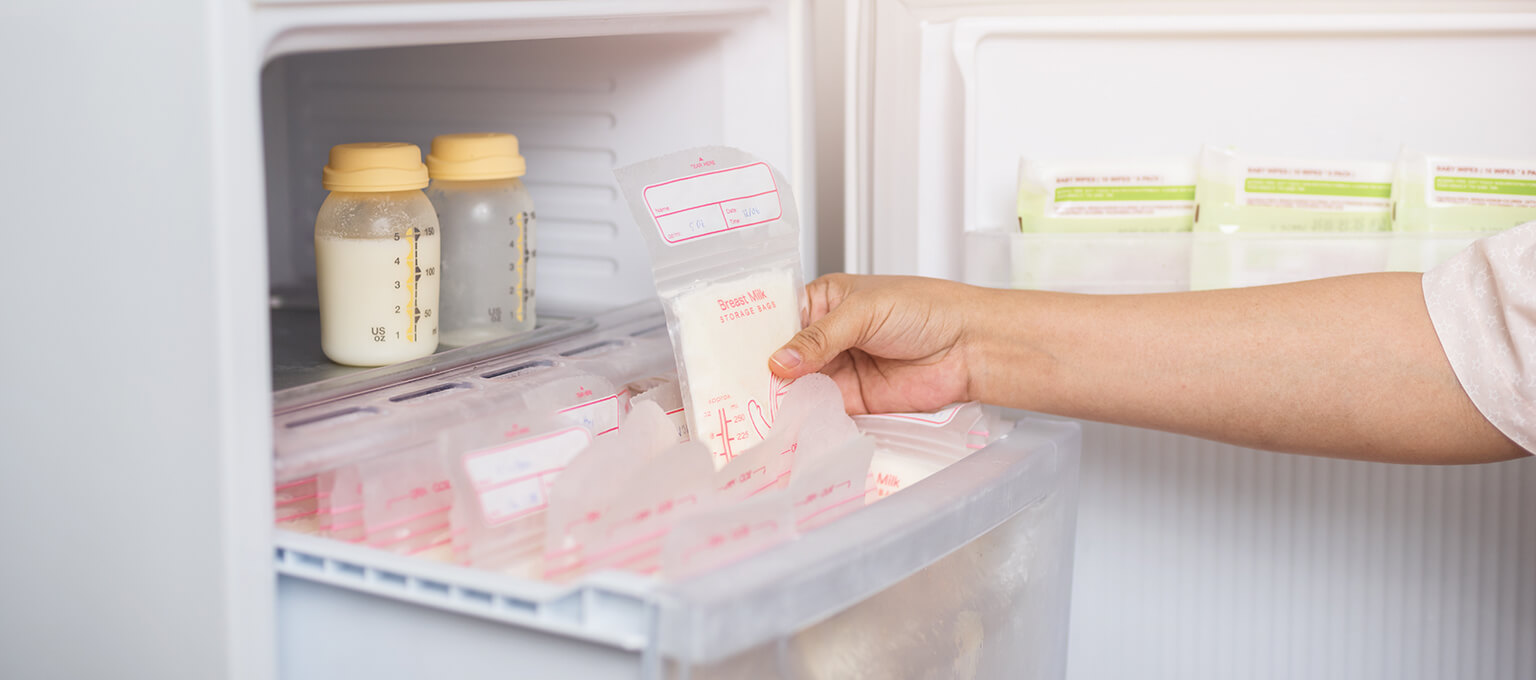
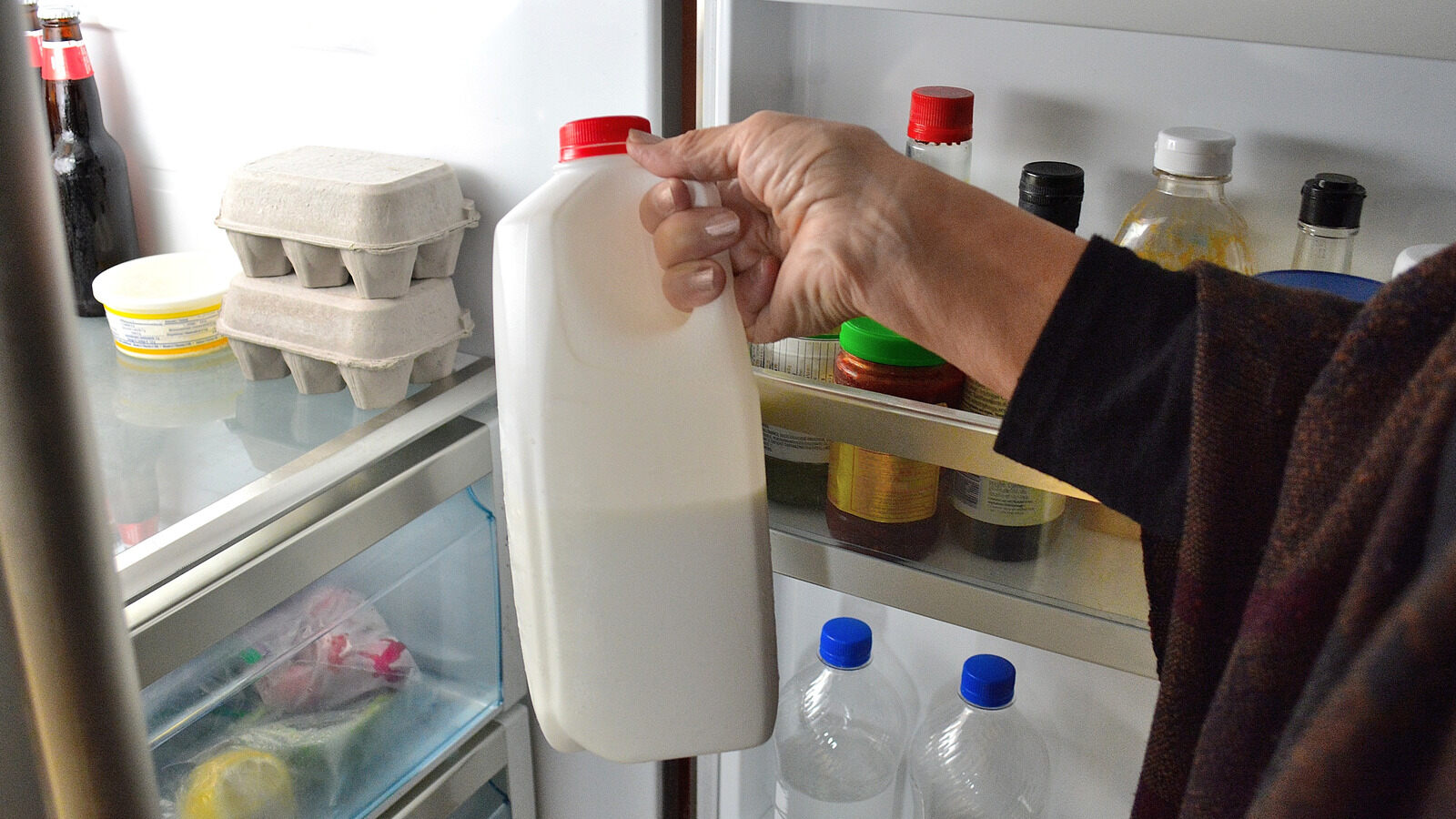
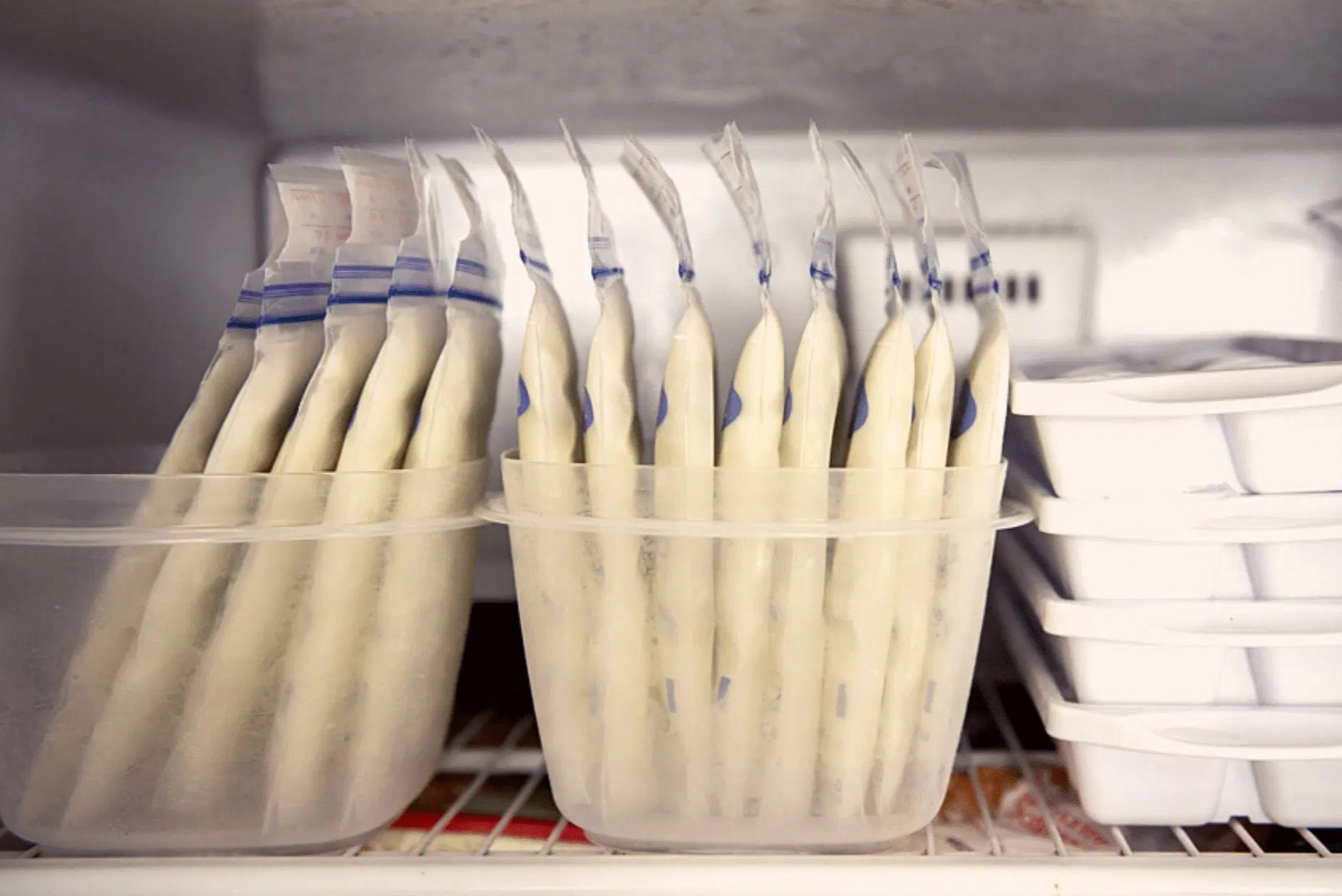
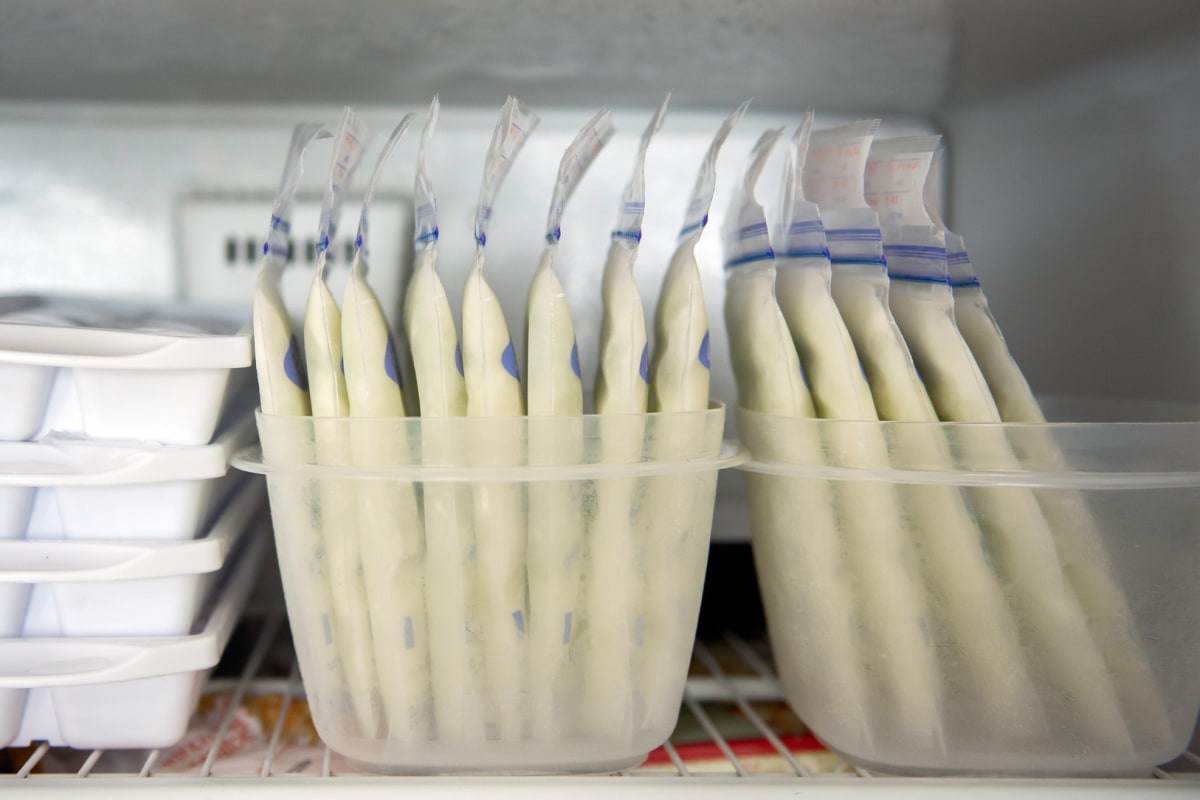
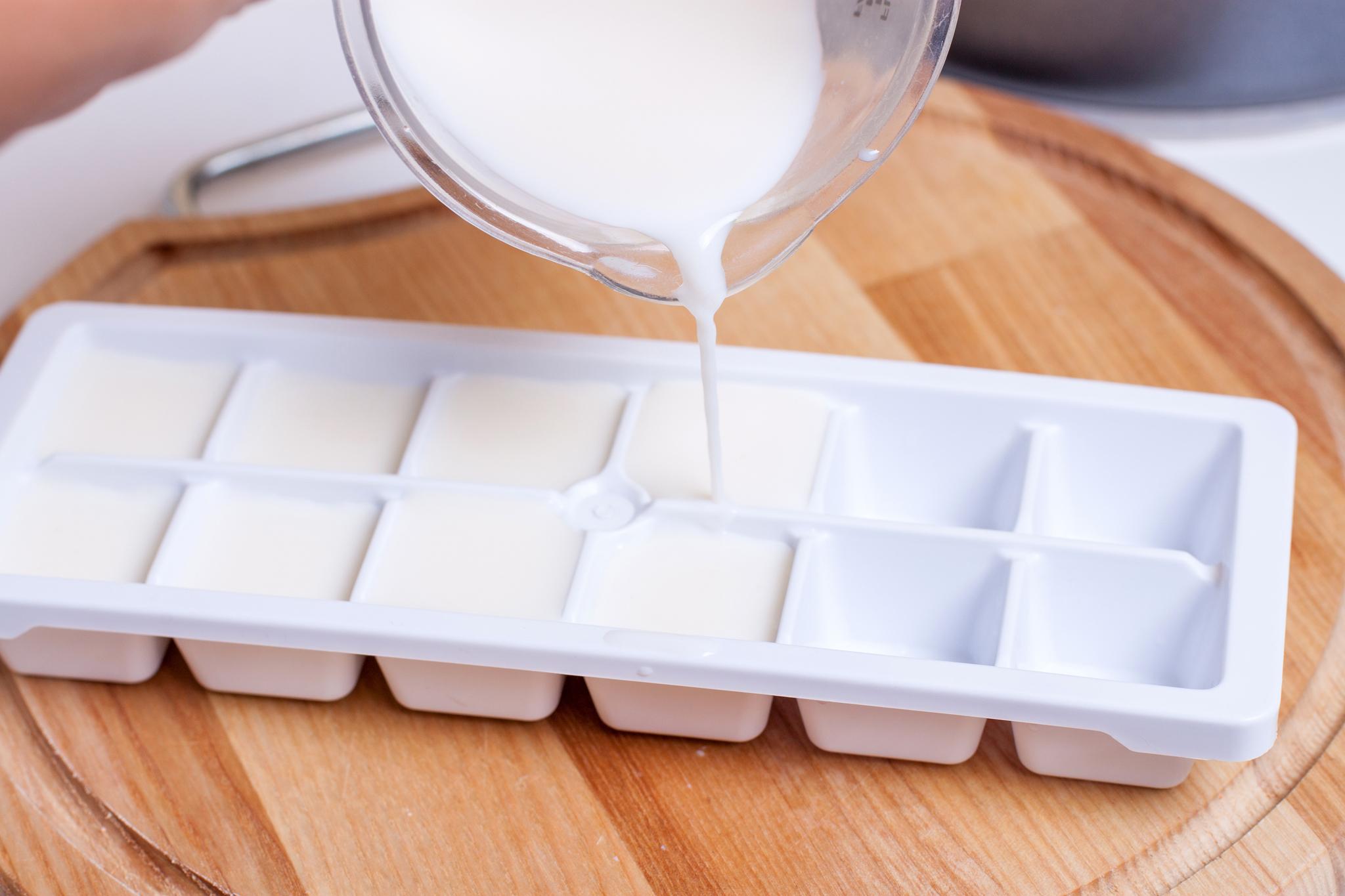
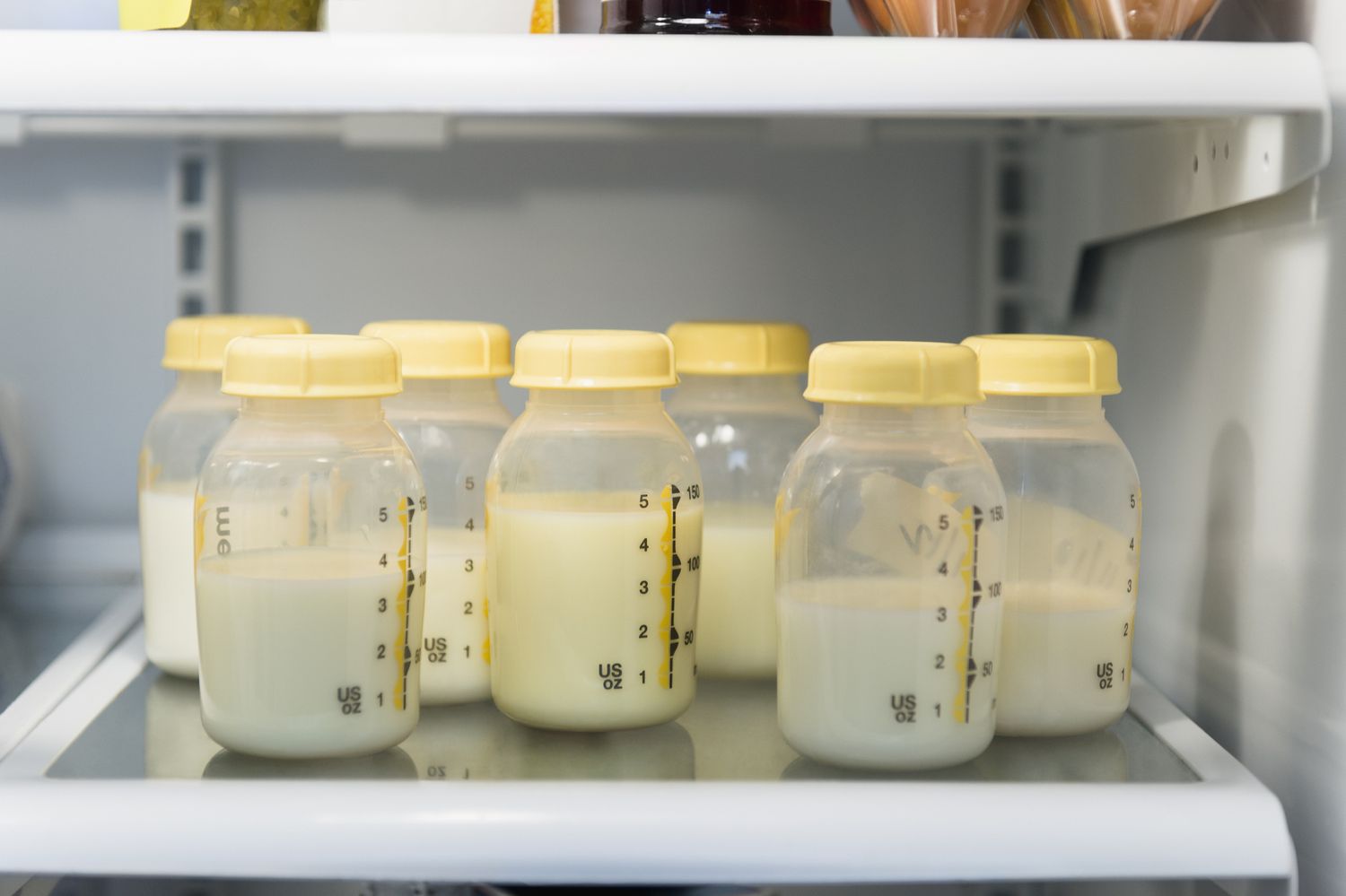
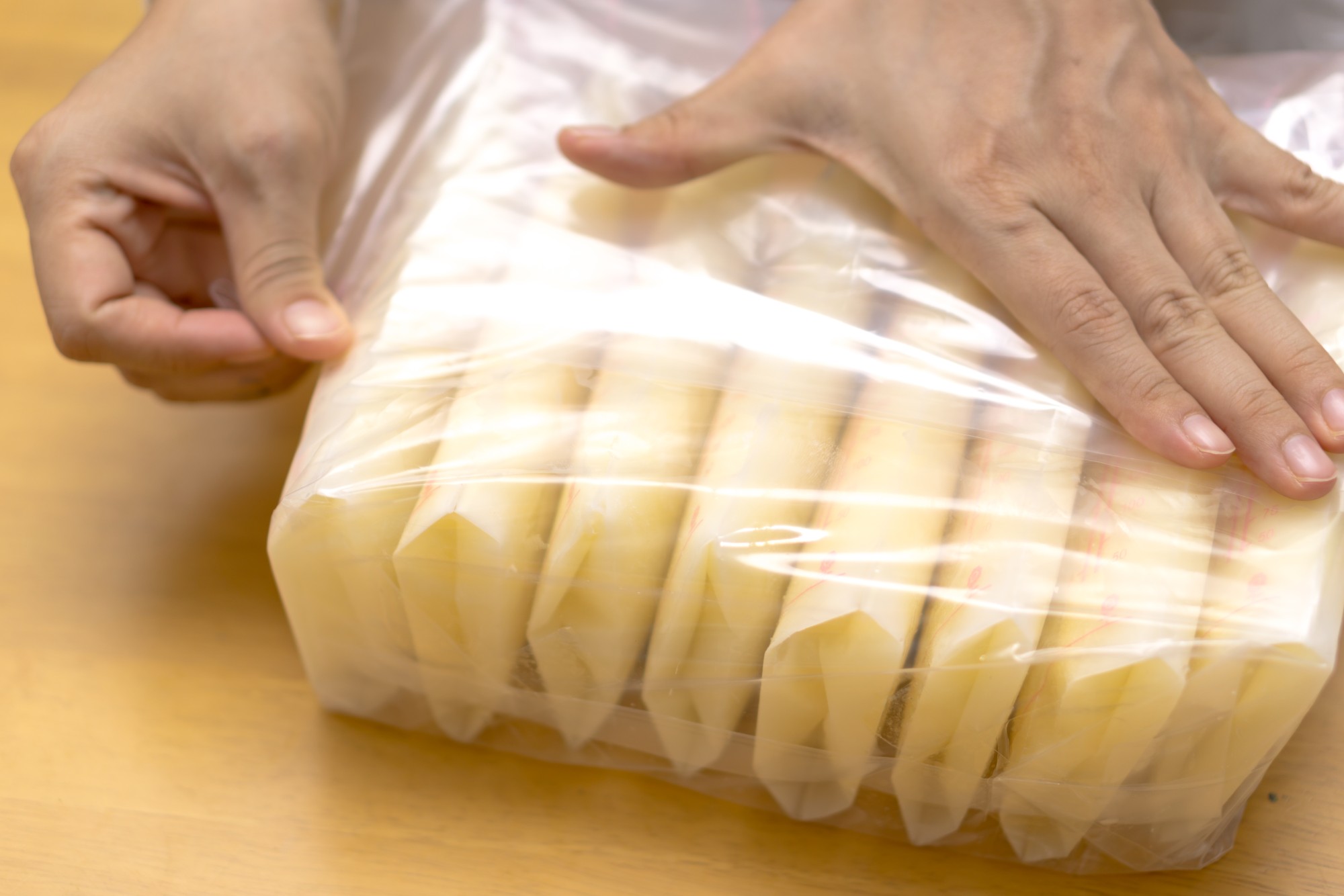
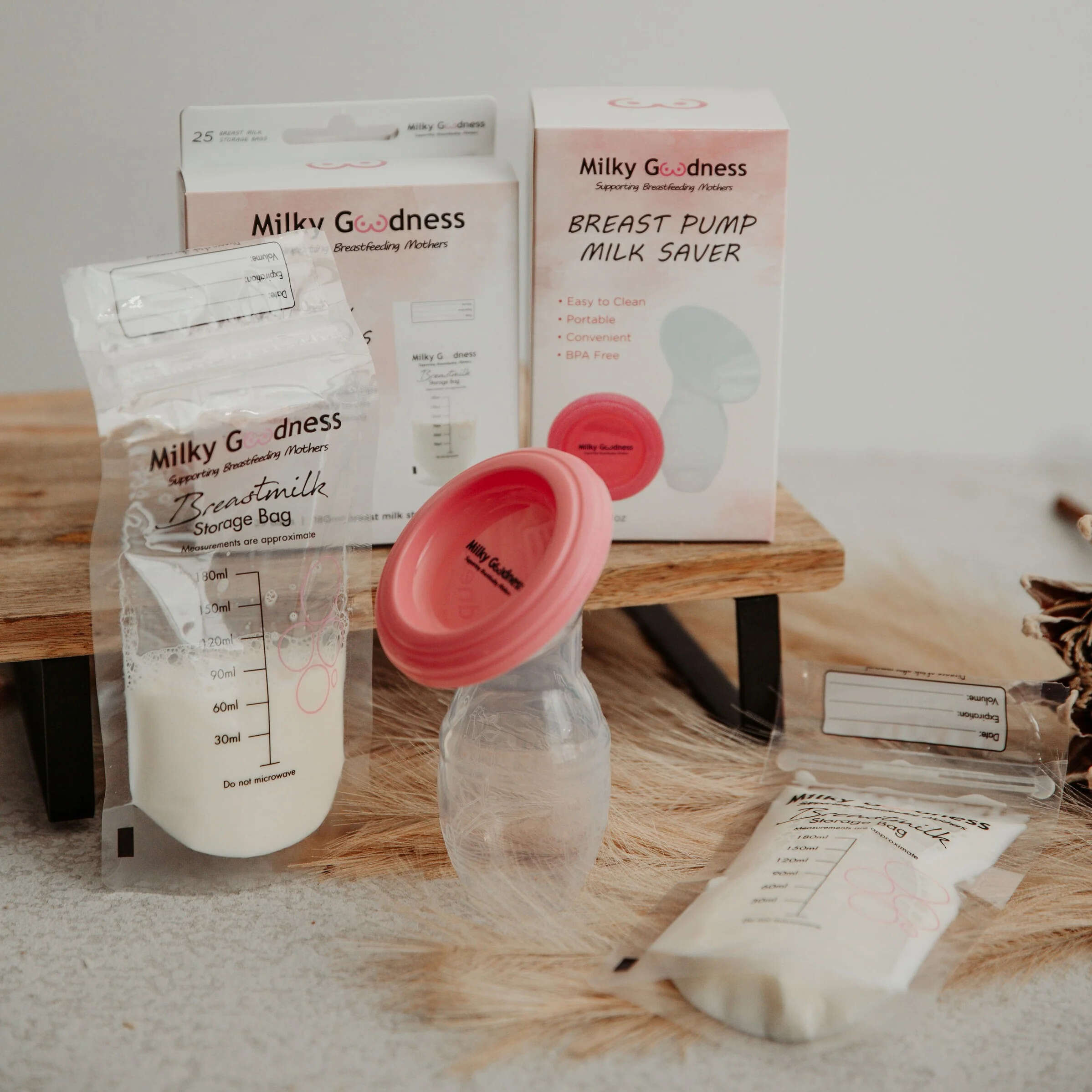
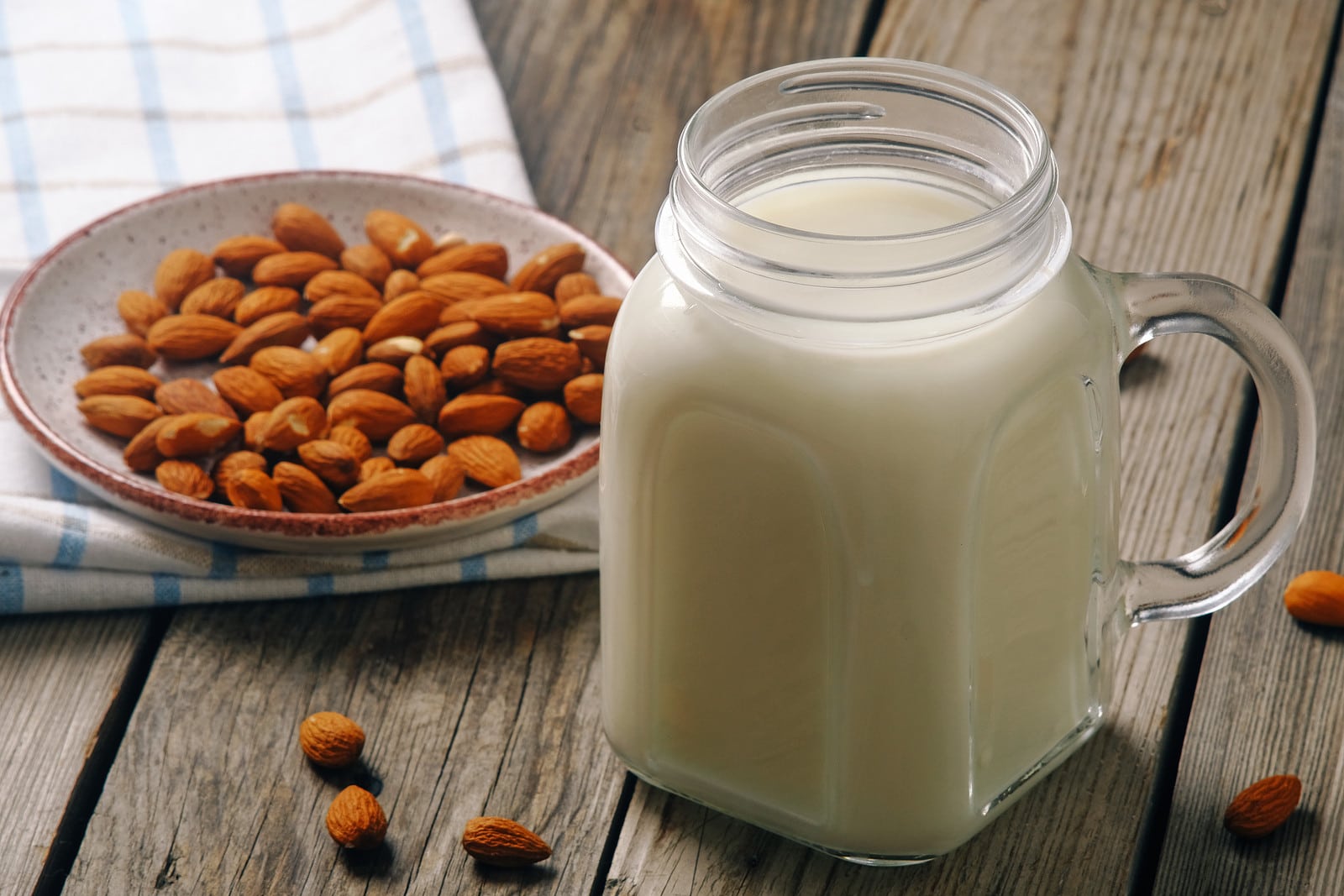
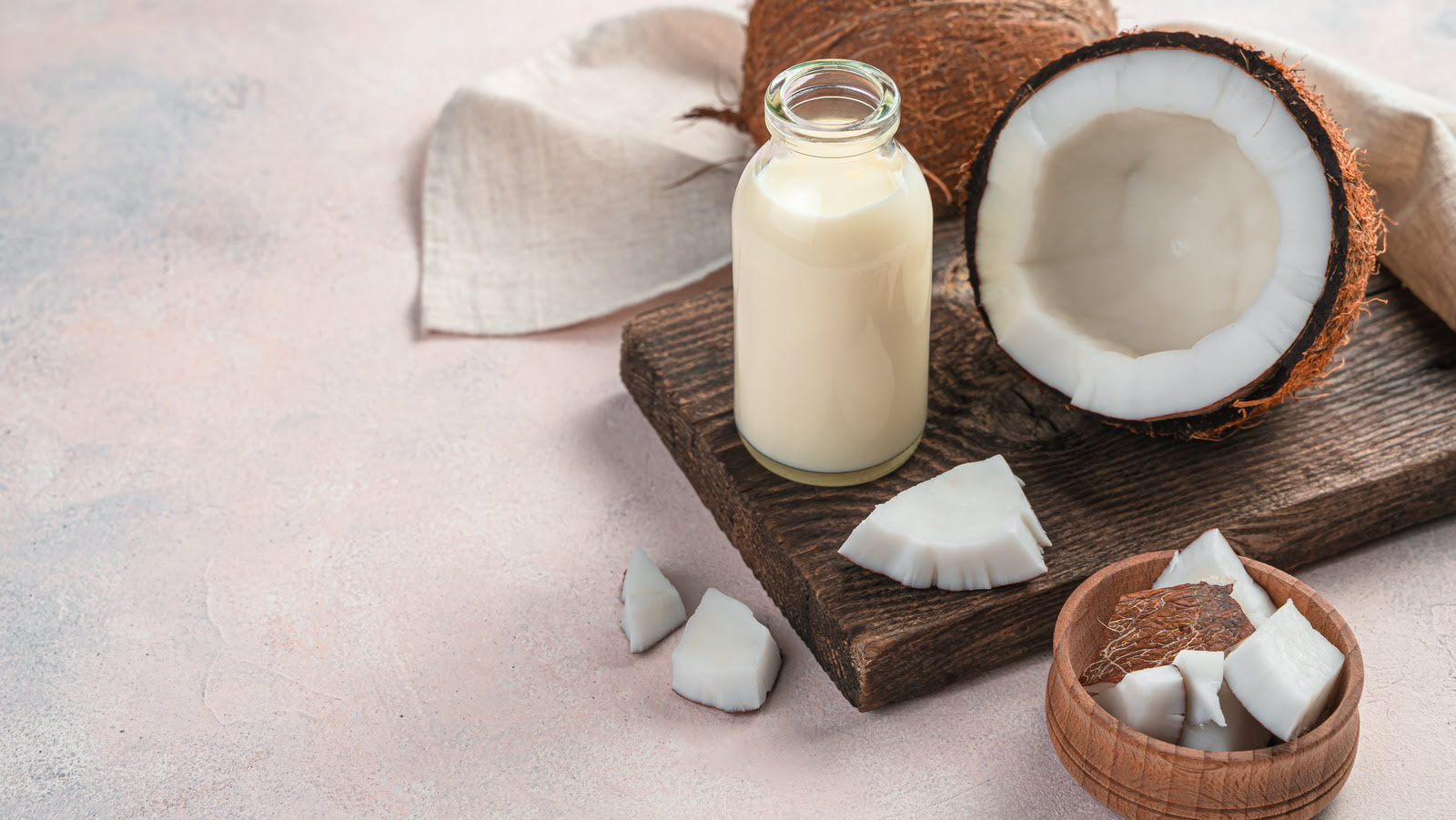
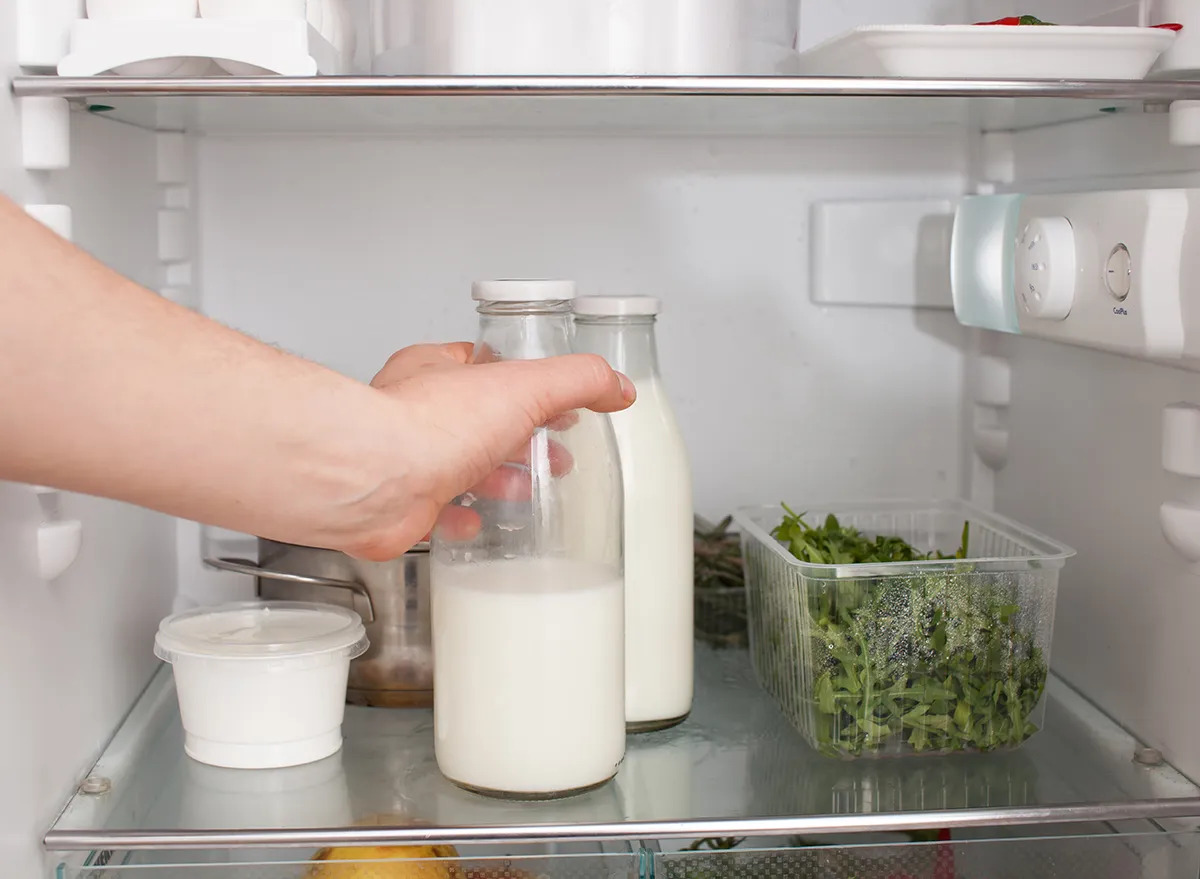
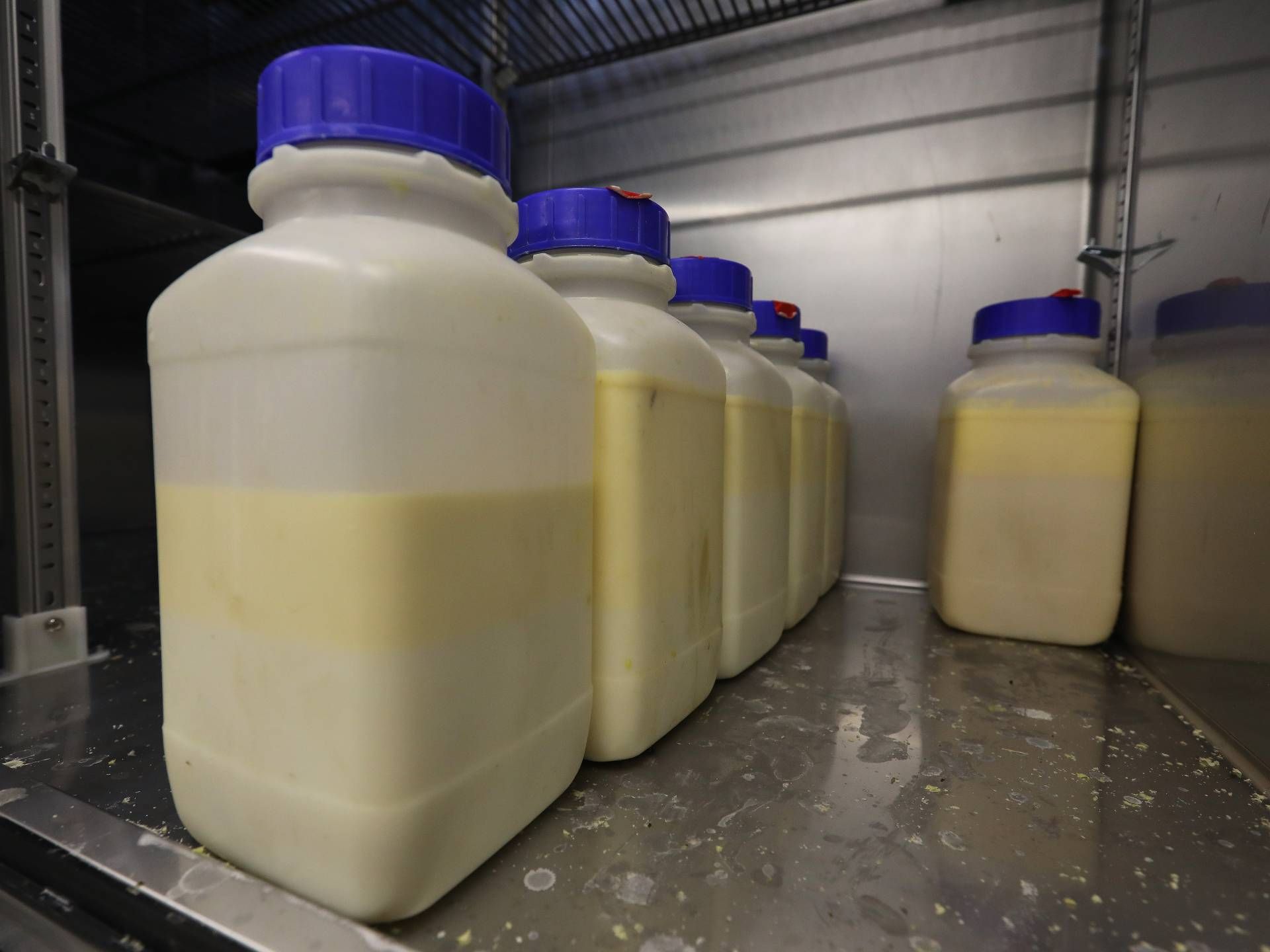
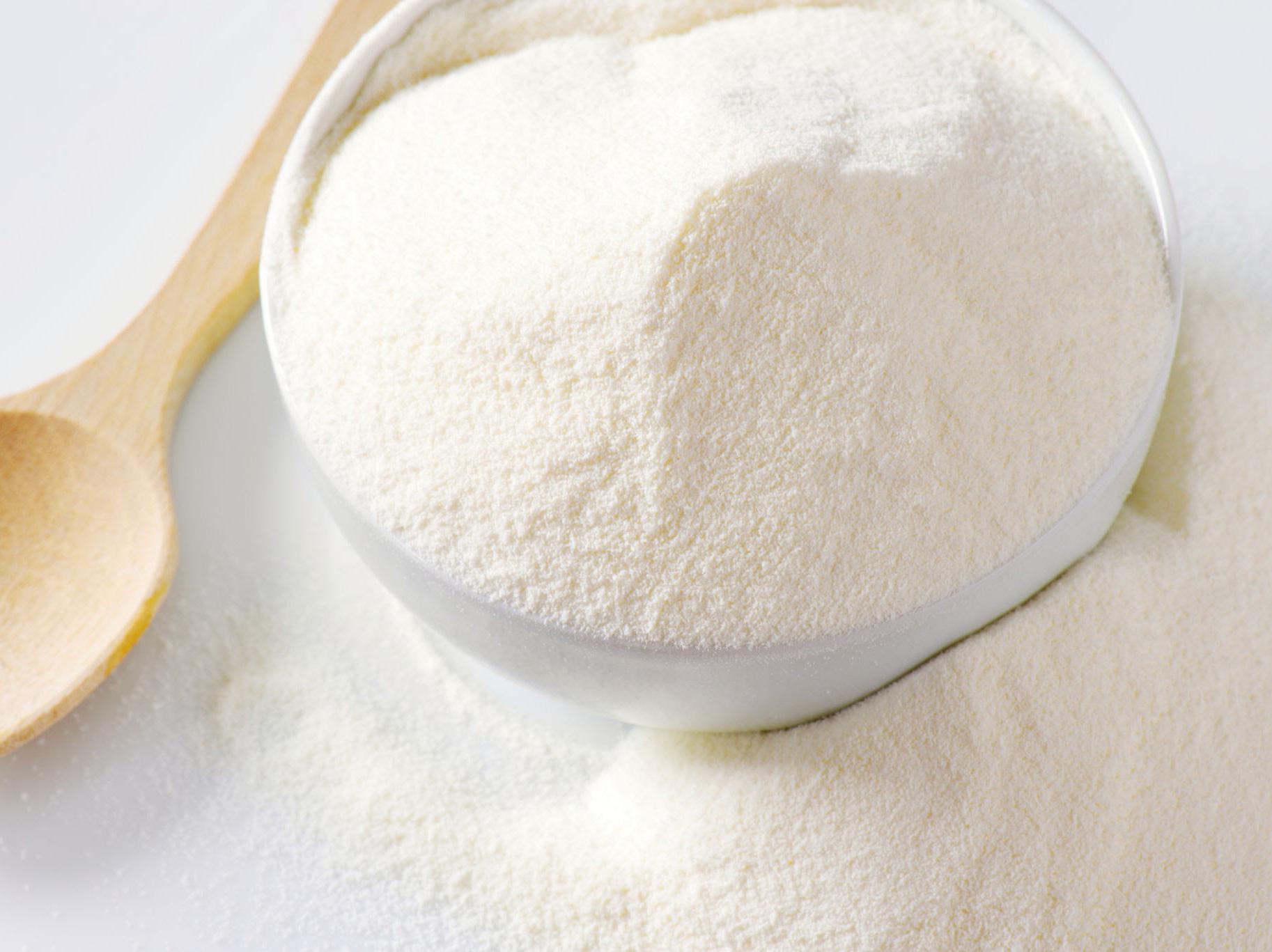
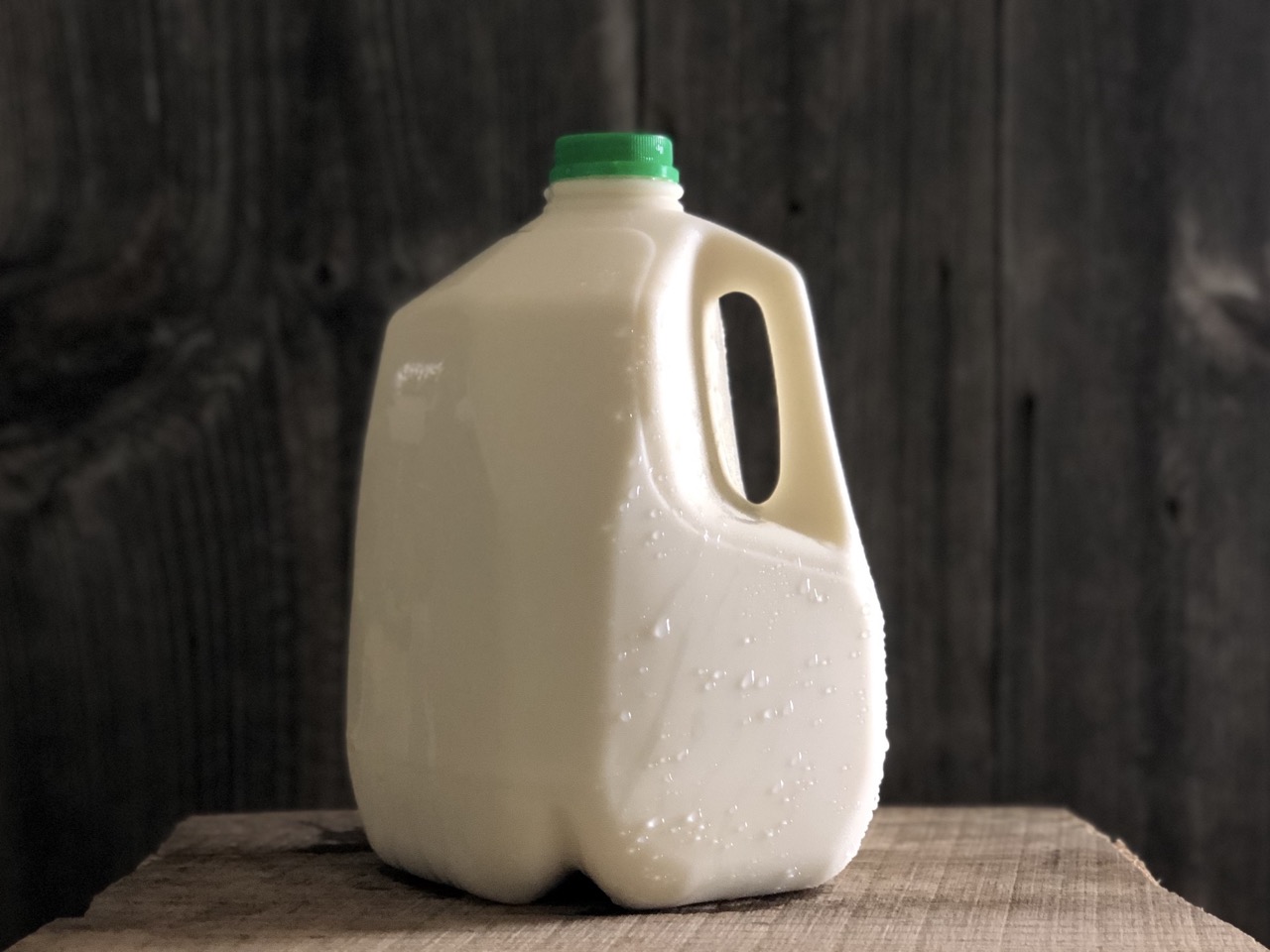

0 thoughts on “How To Store Milk In Freezer”